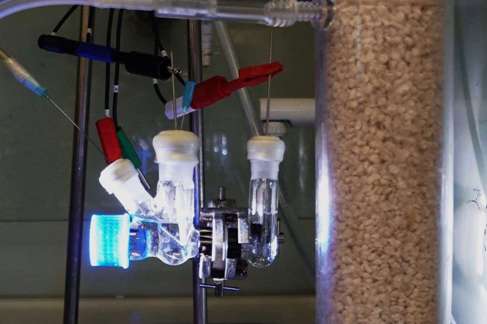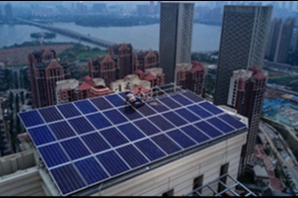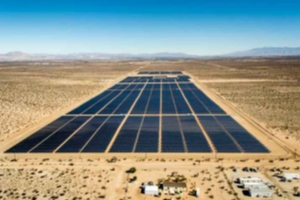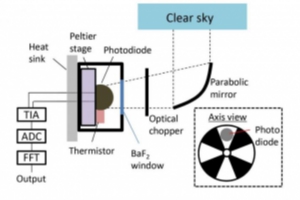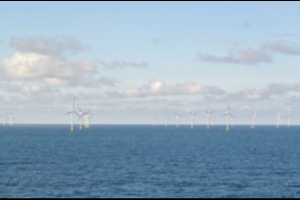درباره ما خدمات حساب کاربری
اخبار همایش و سمینارها آموزش انتشارات
منابع
کمیته ها
شاخه های دانشجویی
دانشگاه صنعت نفتاعضاء هیئت مدیره شاخه دانشجوییدبیر خانه شاخه دانشجویینشریه علمی تخصصی فلراخبار شاخه دانشجویی
دانشگاه محقق اردبیلیاعضاء شورای مرکزی انجمن علمی مهندسی گاز دانشگاه محقق اردبیلیدبیرخانه انجمن علمی مهندسی گاز دانشگاه محقق اردبیلیاخبار انجمن علمی مهندسی گاز دانشگاه محقق اردبیلی
دانشگاه سیستان و بلوچستاناعضاء هیئت مدیره شاخه دانشجوییدبیر خانه شاخه دانشجویینشریه علمی تخصصی متاناخبار شاخه دانشجویی
دانشگاه شیرازاعضاء شورای مرکزی انجمن علمی مهندسی گاز دانشگاه شیرازدبیر خانه انجمن علمی مهندسی گاز دانشگاه شیرازنشریه علمی تخصصی پتروپاکاخبار انجمن علمی مهندسی گاز دانشگاه شیراز
دانشگاه آزاد واحد علوم تحقیقاتاعضاء هیئت مدیره شاخه دانشجوییدبیر خانه شاخه دانشجویینشریه صنعت برتراخبار شاخه دانشجویی


